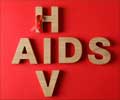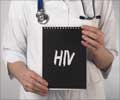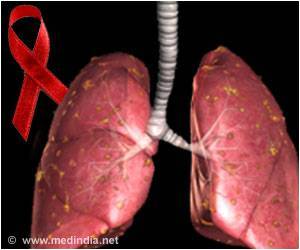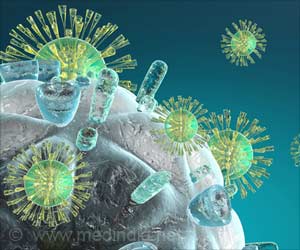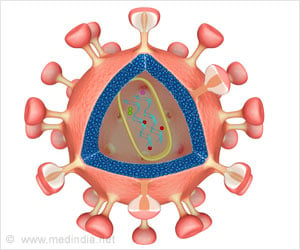Cases of HIV/AIDS could hit 10 million in Asia by 2010 - more than doubling the current estimate - unless nations take stronger steps to control the disease, experts warned on Friday.
Meanwhile there could be 500,000 new cases each year as infection rates rise among men having sex with other men.Some 50 million women are being endangered by the high-risk behaviour of husbands and boyfriends, said Amala Reddy, of the Joint United Nations Programme on Aids.
The new estimates were announced by officials at the unveiling of an online database on HIV/AIDS in the Asia-Pacific region.
The site, at www.aidsdatahub.org, contains information on HIV prevalence, risk behaviour and government response in various Asian countries and even in regions within these countries.
It brings all information on HIV/AIDS in Asia to one place where it can be accessed by governments, non-government organisations and researchers, the experts said at the Asia Development Bank headquarters in Manila.
Reddy conceded that the situation in the Asia-Pacific was not as bad as in Africa, where as much as 20 percent of the population in some countries may be infected.
Advertisement
But she warned there was still a great risk as there were an estimated 75 million men in Asia who frequented prostitutes and 10 million prostitutes.
Advertisement
In addition, there were 50 million women at risk because they were the wives or girlfriends of men who engaged in high-risk behaviour, she added.
She warned that in many Asian countries, the HIV/AIDS prevalence was rising among men who engaged in sex with other men.
In some Asian countries, such men may continue to have sex with their wives and other women, she added.
ADB special adviser Ian Anderson said that while the relative number of HIV/AIDS infected people in the Asia-Pacific are small, they could have a serious effect as most of them are in their most economically-productive years.
"Because it is relatively small, this is the time to keep it small. So we won't have to put the genie back in the bottle later," he said.
Source-AFP
LIN





